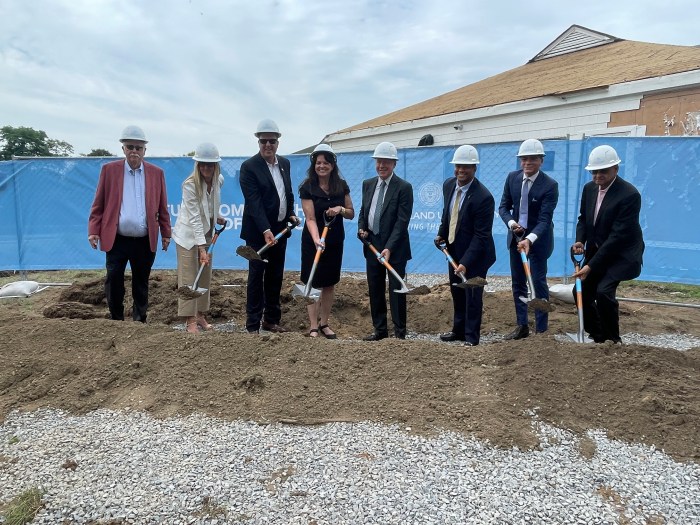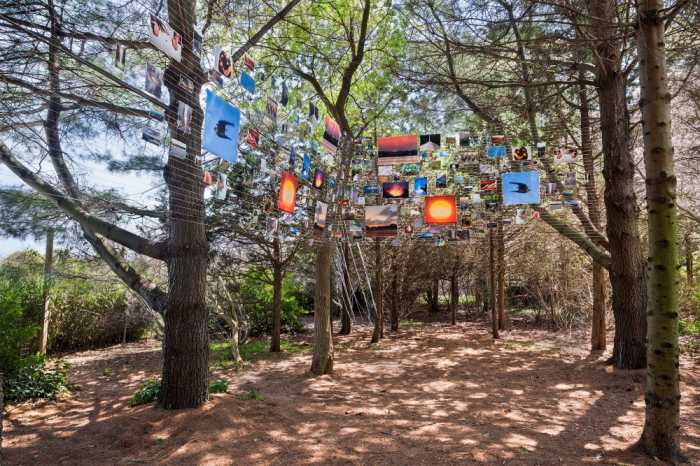
Exploring the process of engineering design, fifth-grade students at James H. Vernon School developed working wind turbines out of repurposed materials and showcased them for family and friends.
The exhibit was the culmination of two months of hard work that left students with a deeper understanding of the design process and the satisfaction of achieving a working product after numerous rounds of trial and error. For weeks, students collaborated, brainstormed, problem-solved and tested, improved their designs and retested them until they finally achieved a turbine that worked to their satisfaction.
“It took a lot to make,” said fifth-grader Jackson Kelly who worked with classmates Madeline Chaves and Samantha Charron to construct a turbine that was mostly made out of cardboard and plastic cups. “We made it from stuff we found at home, but built it in class and in makerspace. We had some problems; we kept changing it, but it was a really fun project. The turbine had to lift 20 grams and we lifted as much as 80 grams.”
The project was led by fifth-grade science teachers Diana Hauser, Frank Sommo, Suzanne Gentile and fifth-grade inclusion teacher Diana Boucher, and was inspired by the book, Leif Catches the Wind, a story about a boy who lives in Denmark and his cousin Dana who work together to solve a mechanical engineering problem: the fish in Dana’s pond are not getting enough oxygen. This inspires them to create a windmill that will use wind power to oxygenate the water in the pond. They follow the engineering design process to design a solution that works.
Designing their wind turbine to resemble a chicken, fifth-graders Jane Myers, Nicoletta Sakellis, Henry Briggs and Hanwei (Jeffrey) Sun explained how they worked together on their project.
“First we had the idea of the chickens as a theme for our turbine,” they said. “In real life, the blades of wind turbines are white, but birds and things fly into them because they look invisible. We wanted to connect to real life so one of the blades is a different color so animals could see it.”
In the end, their turbine was able to lift 45 grams.
“We learned it takes a lot of teamwork, patience and a lot of fails and redesigning,” the children said. “When we finally got it to work, it felt great; we were so happy.”
Their teachers said projects such as this inspire students to look at the world in new and different ways and help them discover that there is more than one way to solve a problem.
—Oyster Bay School District


































